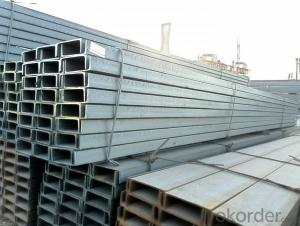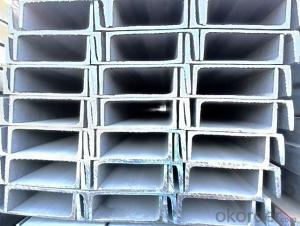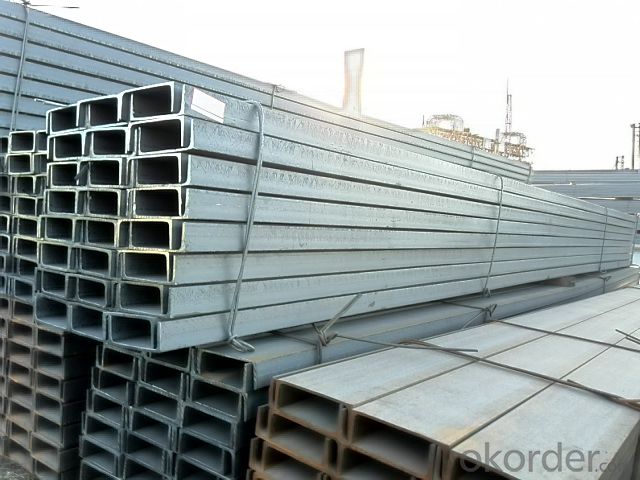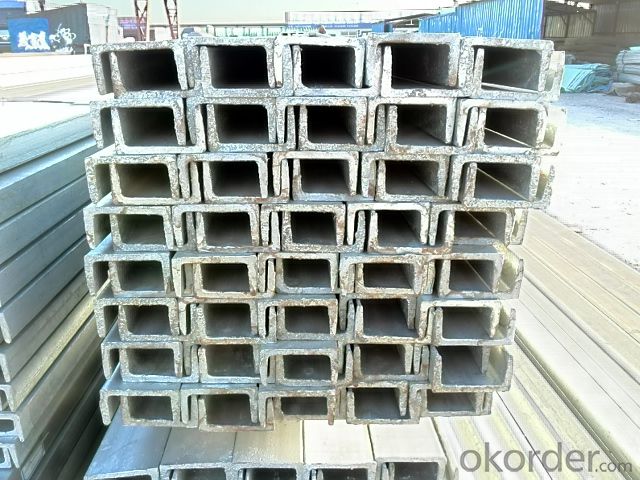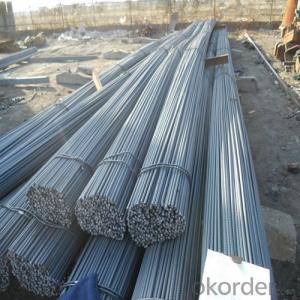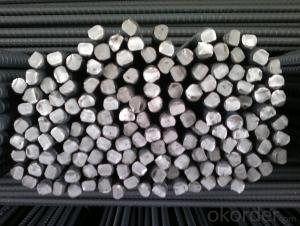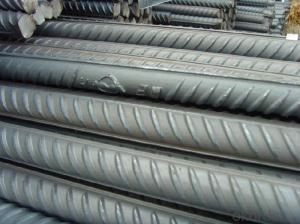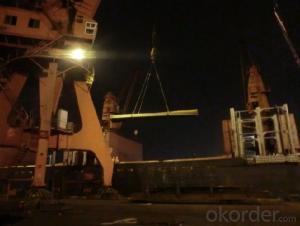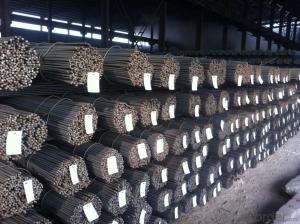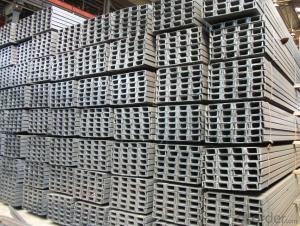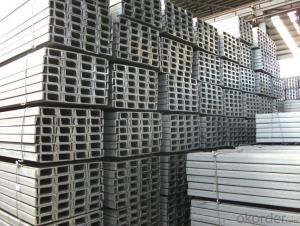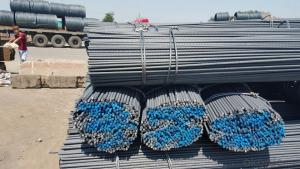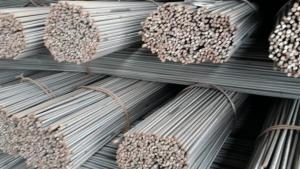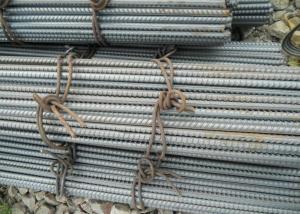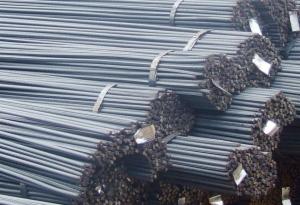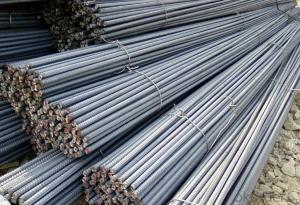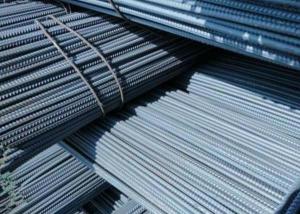U-channel Bars with High Quality and Good Price
- Loading Port:
- Tianjin
- Payment Terms:
- TT OR LC
- Min Order Qty:
- 25 m.t.
- Supply Capability:
- 10000 m.t./month
OKorder Service Pledge
OKorder Financial Service
You Might Also Like
Product Description:
| Minimum Order Quantity: | 25MT | Unit: | m.t. | Loading Port: | Xingang Port |
| Supply Ability: | 120000TON/Year | Payment Terms: | TT or LC |
Product Applications:
Hot Rolled U-channels are ideal for structural applications and are widely used in the construction of buildings and bridges, and the manufacturing, petrochemical, and transportation industries.
Product Advantages:
OKorder's Hot Rolled U-channels are durable, strong, and resist corrosion.
Main Product Features:
· Premium quality
· Prompt delivery & seaworthy packing (30 days after receiving deposit)
· Corrosion resistance
· Can be recycled and reused
· Mill test certification
· Professional Service
· Competitive pricing
Product Specifications:
Manufacture: Hot rolled
Grade: Q195 – 235
Certificates: ISO, SGS, BV, CIQ
Length: 6m – 12m, as per customer request
Packaging: Export packing, nude packing, bundled
1. We are definitely speciallizing in manufacturing and supplying channel steel as per japanese standard, which is characterised with high mechanical strength and competitive prices.
Original Place | Tangshan, China | Brand Name | UINDA |
Standard | JIS G3192 : 1990 | ||
Material Grade | SS490 | ||
Sizes | 50mm to 200mm | ||
Sales Volume/Year | 3000MT | ||
Destination Area | Middle East, Africa, Southeast Asia | ||
2. The sections in details are as followings in the table-1
JIS U CHANNEL | Standard | Sectional | Dimension |
| Mass: |
| (mm) | (mm) | (mm) | (mm) |
|
50x25 | 50 | 25 | 3.0 | 6.00 | 2.37 |
75X40 | 75 | 40 | 3.8 | 7.00 | 5.30 |
75X40 | 75 | 40 | 4.0 | 7.00 | 5.60 |
75X40 | 75 | 40 | 4.5 | 7.00 | 5.85 |
75X40 | 75 | 40 | 5.0 | 7.00 | 6.92 |
|
|
|
|
|
|
100X50 | 100 | 50 | 3.8 | 6.00 | 7.30 |
100X50 | 100 | 50 | 4.2 | 6.00 | 8.03 |
100X50 | 100 | 50 | 4.5 | 7.50 | 8.97 |
100X50 | 100 | 50 | 5.0 | 7.50 | 9.36 |
|
|
|
|
|
|
125X65 | 125 | 65 | 5.2 | 6.80 | 11.66 |
125X65 | 125 | 65 | 5.3 | 6.80 | 12.17 |
125X65 | 125 | 65 | 5.5 | 8.00 | 12.91 |
125X65 | 125 | 65 | 6.0 | 8.00 | 13.40 |
|
|
|
|
|
|
150x75 | 150 | 75 | 5.5 | 7.30 | 14.66 |
150x75 | 150 | 75 | 5.7 | 10.00 | 16.71 |
150x75 | 150 | 75 | 6.0 | 10.00 | 17.90 |
150x75 | 150 | 75 | 6.5 | 10.00 | 18.60 |
150x75 | 150 | 75 | 6.5 | 10.00 | 24.00 |
|
|
|
|
|
|
200X80 | 200 | 80 | 7.5 | 11.00 | 24.60 |
Table-1
3. The mechanical property of JIS U Channel Steel in the table-2:
Grade | Yield Strength,N/mm² | Extension Strength N/mm² | |||
Thickness of Steel,mm | |||||
≦16 | >16-≦40 | >40-≦100 | >100 | ||
SS490 | ≧285 | ≧275 | ≧255 | ≧245 | 490-610 |
Table-2
4. The chemical composition of JIS U Channel Steel as per SS490 in the table-3
Grade | Element(%) | |||
C | Mn | P | S | |
SS490 | - | - | ≦0.050 | ≦0.050 |
Table-3
FAQ:
Q1: Why buy Materials & Equipment from OKorder.com?
A1: All products offered byOKorder.com are carefully selected from China's most reliable manufacturing enterprises. Through its ISO certifications, OKorder.com adheres to the highest standards and a commitment to supply chain safety and customer satisfaction.
Q2: How do we guarantee the quality of our products?
A2: We have established an advanced quality management system which conducts strict quality tests at every step, from raw materials to the final product. At the same time, we provide extensive follow-up service assurances as required.
Q3: How soon can we receive the product after purchase?
A3: Within three days of placing an order, we will begin production. The specific shipping date is dependent upon international and government factors, but is typically 7 to 10 workdays.
Images:
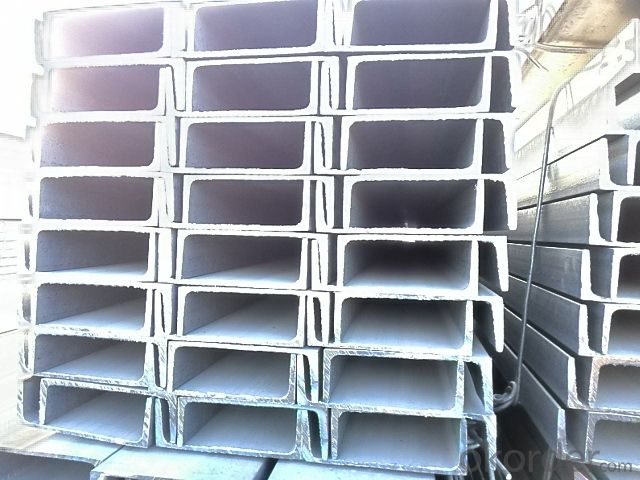
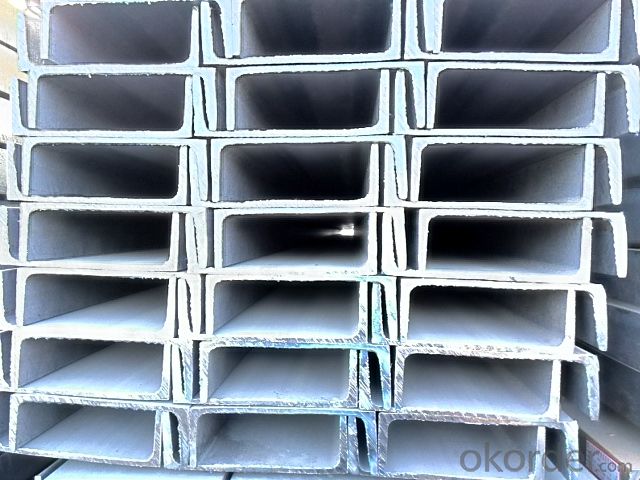
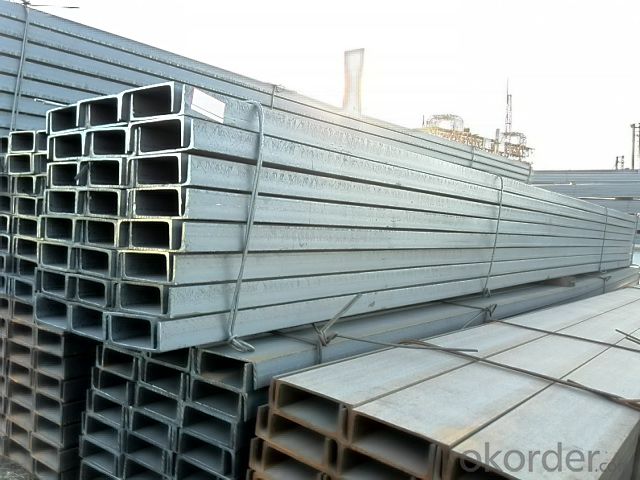
- Q: Which is more expensive, rebar or round steel? Which is your business opportunity, such as thread steel and round bar?
- The two thread steel and round steel, which will be more expensive, steel and round steel prices now are soaring, steel prices per ton in 4300 yuan / ton, quality steel grade three Beijing qianshengcheng price is in 3950-4200 yuan / ton.
- Q: Are steel rebars susceptible to rust?
- Yes, steel rebars are susceptible to rust.
- Q: What is the process of deforming steel rebars for better adhesion with concrete?
- The process of deforming steel rebars for better adhesion with concrete is known as ribbing or rib formation. It involves creating a series of ribs or deformations along the surface of the rebars to increase their surface area and improve the bond strength between the steel and concrete. This is typically achieved by passing the rebars through a specialized machine that uses rollers or dies to shape the desired rib pattern. The resulting ribbed rebars provide enhanced mechanical interlocking with the concrete, ensuring a stronger and more durable bond in reinforced concrete structures.
- Q: 14 screw steel 1 meters multiple?
- Classified according to geometric shapes, according to the cross section of the rib section and the spacing of the ribs for classification or classification, such as the British Standard (BS4449), the thread steel is divided into type I, type ii. This classification mainly reflects the tightening performance of the threaded steel.
- Q: Can steel rebars be used in the construction of airports and terminals?
- Yes, steel rebars can be used in the construction of airports and terminals. Steel rebars provide strength and durability to concrete structures, making them suitable for the heavy loads and high traffic typically found in airports and terminals.
- Q: What is the typical weight per meter of a steel rebar?
- The typical weight per meter of a steel rebar can vary depending on the diameter and thickness of the rebar. However, on average, a steel rebar weighs around 0.75 kilograms per meter.
- Q: How are steel rebars measured and labeled?
- Steel rebars are measured and labeled based on their diameter, length, and grade. Diameter is typically measured in millimeters, and rebars are labeled with numbers such as #3, #4, #5, etc., which correspond to their diameter size. Length is measured in feet or meters, and rebars are usually available in standard lengths like 20 feet or 6 meters. Finally, rebars are labeled with their grade, which represents their tensile strength, such as Grade 40, Grade 60, etc. These measurements and labels ensure the proper identification and usage of steel rebars in construction projects.
- Q: What is the process of installing steel rebars in slabs and beams?
- The process of installing steel rebars in slabs and beams involves several steps to ensure proper reinforcement of the concrete structure. 1. Design and engineering: Before starting the installation process, the structural engineer designs the reinforcement layout based on the specific requirements of the project. This design considers factors such as load-bearing capacity, span length, and structural integrity. 2. Marking and layout: Once the design is finalized, the layout is marked on the slab or beam using chalk lines or other appropriate methods. This helps guide the installation process and maintain accuracy. 3. Cutting and bending rebars: Steel rebars are usually delivered in long lengths and need to be cut and bent according to the specific dimensions and angles required by the design. This process is done using specialized tools like rebar cutters and benders. 4. Placement and support: After the rebars are cut and bent, they are placed in the marked positions on the slab or beam. The rebars are supported using rebar chairs, spacers, or other suitable devices to ensure they remain in the correct position during the pouring of concrete. 5. Tying and securing: Once the rebars are correctly positioned, they are tied together using wire or other appropriate binding material. This ensures the rebars remain in their designated spots and maintain proper spacing and alignment. 6. Inspection and approval: After the rebars are installed, an inspection is carried out to verify that they meet the design specifications and are properly positioned. This inspection is usually performed by a qualified engineer or inspector who checks for compliance with building codes and standards. 7. Concrete pouring: After the rebars are inspected and approved, the concrete is poured over the reinforced area. The rebars act as reinforcement, providing added strength and stability to the structure. 8. Curing and finishing: Once the concrete is poured, it needs to cure and harden over a specific period. During this time, it is essential to protect the newly installed rebars and concrete from excessive moisture and temperature fluctuations. After curing, finishing processes such as leveling, smoothing, and surface treatments may be carried out to achieve the desired appearance and functionality. Overall, the process of installing steel rebars in slabs and beams involves careful planning, precise cutting and bending, accurate placement, proper securing, and thorough inspection to ensure a reinforced structure that meets design requirements and provides long-lasting strength and durability.
- Q: How do steel rebars affect the overall ductility of concrete structures?
- The overall ductility of concrete structures is significantly enhanced by the addition of steel rebars. Ductility refers to a material's ability to deform without fracturing under stress. In the case of concrete structures, steel rebars play a crucial role in absorbing and redistributing tensile forces. Concrete is strong in compression but weak in tension. By incorporating steel rebars into the concrete matrix, it becomes more resistant to tensile forces. When a tensile force is applied, the rebars bear the majority of the load, preventing concrete from cracking or failing. This redistribution of stress enhances the overall durability and strength of the structure. Moreover, steel rebars also serve as a warning sign before failure, contributing to the enhancement of ductility in concrete structures. As the tensile strength of the rebars is exceeded, they elongate and deform, indicating that the structure is nearing its limit. This warning allows for timely repairs or reinforcement, preventing catastrophic failures. Another important aspect of steel rebars in improving ductility is their ability to bridge cracks in concrete. When a crack occurs, the rebars act as reinforcement that spans across the crack, preventing it from spreading further. This bridging effect helps maintain the integrity of the structure and facilitates easier repair or rehabilitation. In summary, the inclusion of steel rebars in concrete structures greatly enhances their ductility by increasing tensile strength, providing warning signs before failure, and bridging cracks. This enhanced ductility ensures that the structures can withstand various loads, including seismic events and dynamic forces, while preserving their structural integrity.
- Q: Can steel rebars be used in historical buildings restoration?
- Yes, steel rebars can be used in historical buildings restoration. Steel rebars provide strength and structural integrity to the building, ensuring its stability and longevity. However, it is crucial to use rebars that are compatible with the historical building's materials and design to preserve its authenticity. Additionally, proper installation techniques and preservation methods should be employed to minimize any potential damage or alteration to the historical fabric of the building.
Send your message to us
U-channel Bars with High Quality and Good Price
- Loading Port:
- Tianjin
- Payment Terms:
- TT OR LC
- Min Order Qty:
- 25 m.t.
- Supply Capability:
- 10000 m.t./month
OKorder Service Pledge
OKorder Financial Service
Similar products
Hot products
Hot Searches
Related keywords
